The Evolutionary Journey of Yi-Tao Bagua: Tracing Its Origins and Influence
Tracing the origins and influence of Yi-Tao Bagua, this post delves into the profound wisdom of Tao. From its genesis to its significant contributors, we invite you to join us in exploring this timeless universe model rooted in ancient Chinese philosophy.

From the vast expanses of the universe, we draw wisdom, logic, and understanding that have guided our civilizations through millennia. This blog post delves into the origin and development of Yi-Tao Bagua, a model that proposes a novel vision of the universe rooted in the ancient Chinese philosophy of Tao.
The Genesis of Tao
In the prologue to his renowned work, Zhong Yong Ji Zhu, Zhu Xi, a prominent Confucianist during the Southern Song Dynasty (1127-1276), claimed that the ancient sages gained profound insight into the universe through their observation of Heaven. This profound understanding was then named 'Tao'. Zhu Xi reiterated that this knowledge of Tao has been handed down since Fu Xi's time, approximately 5000 years ago.
In ancient Chinese history, specifically during the Xia (c. 2100-1600 BCE), Shang (c. 1600-1100 BCE), and Zhou (c. 1100-476 BCE) dynasties, the tradition of Tao was at its zenith. Its embodiment can be seen in the Zhou Yi or Yi Jing (Book of Changes), a representative work of that period. However, this rich tradition began to fade, with its essence nearly lost over time.
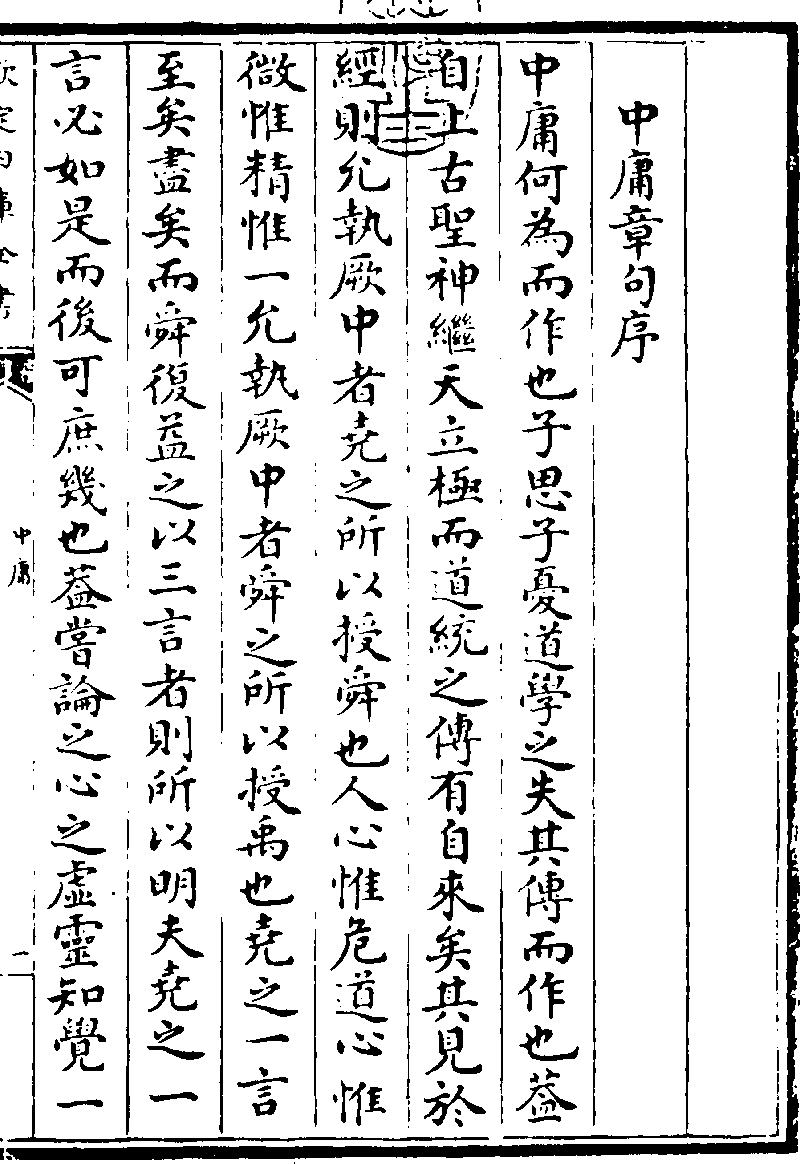
Tao's Legacy: Lao Zi and Confucius
Despite this gradual decline, the Tao's scientific content found its torchbearers in Lao Zi and Confucius. Their substantial contributions to Tao theory are encapsulated in their works: Tao Te Ching (Lao Zi) and Yi Jing Xi Ci Zhuan (Confucius). These works represent significant milestones in Tao's historical journey.
Post Zhou Dynasty, despite natural calamities, wars, and an apparent lack of interest by the Chinese governments and intellectuals in the scientific aspects of Tao, its core essence persisted. It remained, like a crystalline spring in a dense forest, hidden deep within a mountain, accessible only to a select few.
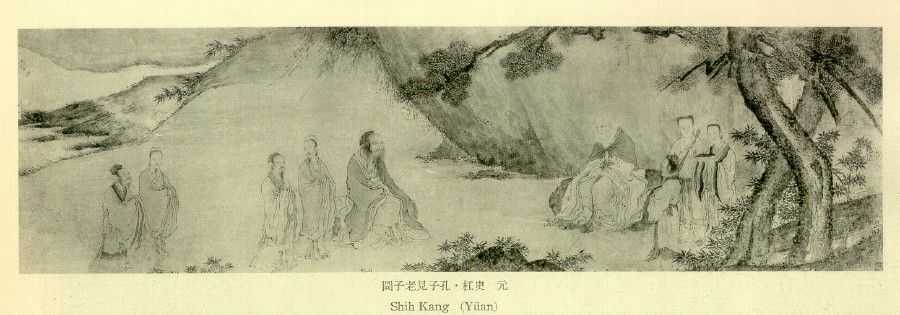
The Four Stages of Tao Tradition
The evolution of Tao tradition can be broadly categorized into four stages: creation, application, first and second rebirth. Each stage represents an essential epoch in the tradition's growth and development, which we'll explore further in future posts.
A Glimpse into The Contributors
Lao Zi, an enigmatic figure, is traditionally believed to have authored Tao Te Ching, a foundational text of Taoism. The Tao Te Ching speaks about the Dao (or Tao), which represents the natural, spontaneously emerging order of the universe.
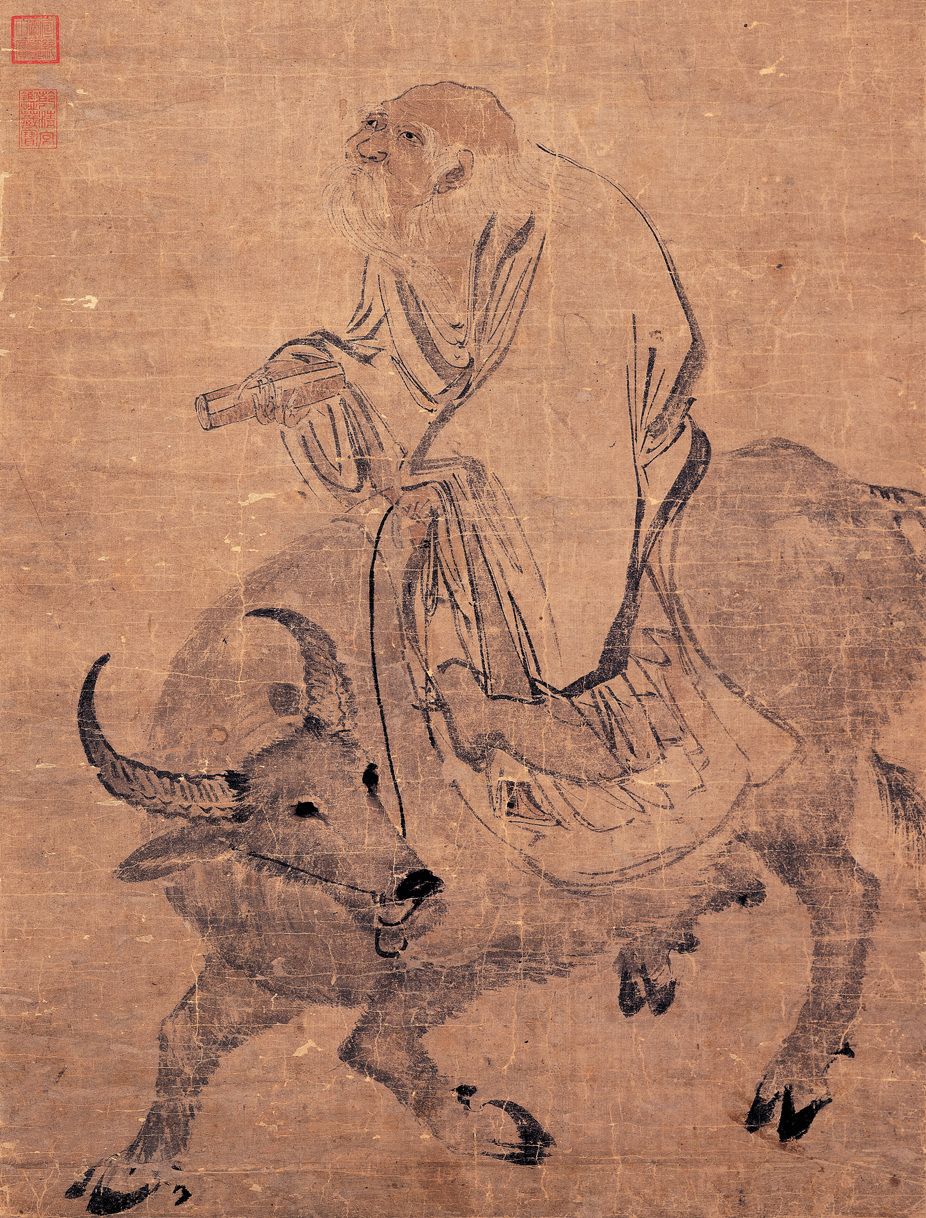
Confucius, a legendary thinker and educator, made a significant contribution to traditional Tao cosmology. His annotations on Zhou Yi or Yi Jing, collectively known as Yi Jing Xi Ci Zhuan, provide valuable insights into the Bagua, explaining its essence and origin.
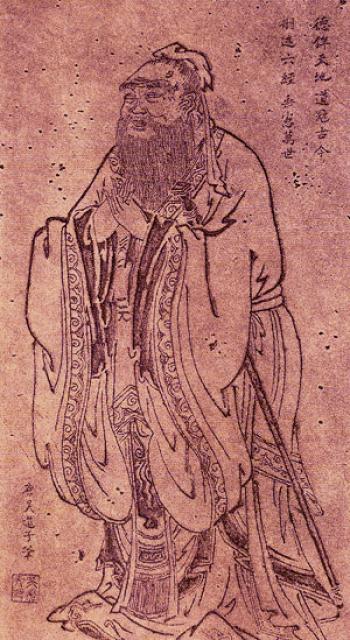
Zhu Xi played a significant role in Confucianism during the Southern Song Dynasty. He restructured the critical thoughts of the Confucian school and compiled them into the "Four Books," greatly influencing Chinese culture.
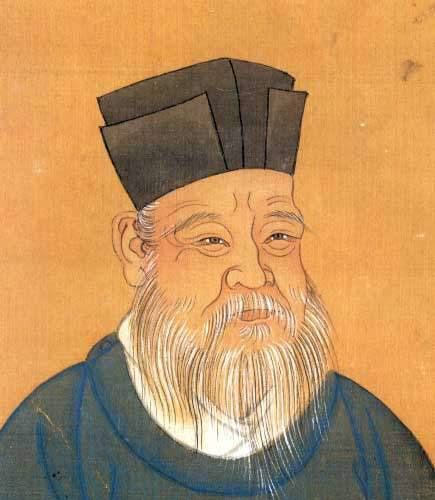
The Northern Song Dynasty saw the emergence of two more key contributors: Shao Yong and Zhou Dunyi.
Shao Yong, deeply invested in Confucius's theories, built upon them in his work Huan Ji Jing Shi.
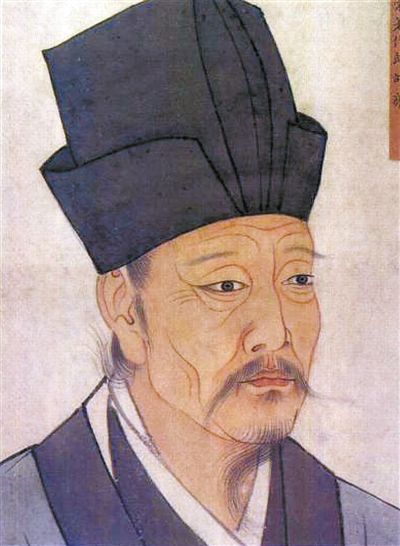
Zhou Dunyi, the initiator of the doctrine of Principle, Li Xue, penned the famous work Tai Ji Tu Shuo.
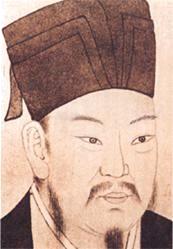
By understanding the historical development of Yi-Tao Bagua, we not only deepen our appreciation of this unique universe model but also come to recognize its enduring relevance in the modern world. Through future posts, we will continue to unravel this journey, showcasing how ancient wisdom and modern science can seamlessly intertwine, illuminating paths for personal development and spiritual growth.
Take Action: Join Us in this Journey of Cosmic Exploration
As we've journeyed through the history and influence of Yi-Tao Bagua, we've only just begun to scratch the surface. Unveiling this wisdom is akin to embarking on an extraordinary cosmic exploration, one that transcends time and space, melding ancient wisdom with modern scientific understandings. And you, our esteemed reader, can be a part of this journey!
We encourage you to dive deeper into this profound sea of knowledge. Together, let's continue to explore the universe model of Yi-Tao Bagua and the Arrow-One universal law. In doing so, we can transcend the limitations of conventional wisdom, gaining insights into the mysteries of our universe and our own personal development.
Follow us, read our posts regularly, and engage with the BaguaScience community. Your thoughts and perspectives are valuable in enriching this journey for us all. And, if you find our content enlightening, don't hesitate to share it with others on the same quest for understanding.
Join us, not just as a reader but as a fellow traveler in this journey of cosmic truth-seeking. Together, let's navigate this deep, intriguing path of understanding, guided by the wisdom of Yi-Tao Bagua.
Subscribe to our blog posts to receive regular updates and ensure you never miss a moment in this voyage of discovery. You are not just a spectator in this universe but an active participant in its understanding. Let's discover, together.
